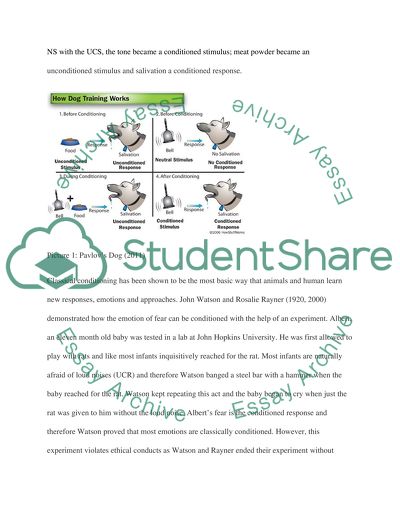Cite this document
(“Theories of learning Research Paper Example | Topics and Well Written Essays - 2000 words”, n.d.)
Retrieved de https://studentshare.org/psychology/1390501-theories-of-learning
Retrieved de https://studentshare.org/psychology/1390501-theories-of-learning
(Theories of Learning Research Paper Example | Topics and Well Written Essays - 2000 Words)
https://studentshare.org/psychology/1390501-theories-of-learning.
https://studentshare.org/psychology/1390501-theories-of-learning.
“Theories of Learning Research Paper Example | Topics and Well Written Essays - 2000 Words”, n.d. https://studentshare.org/psychology/1390501-theories-of-learning.


